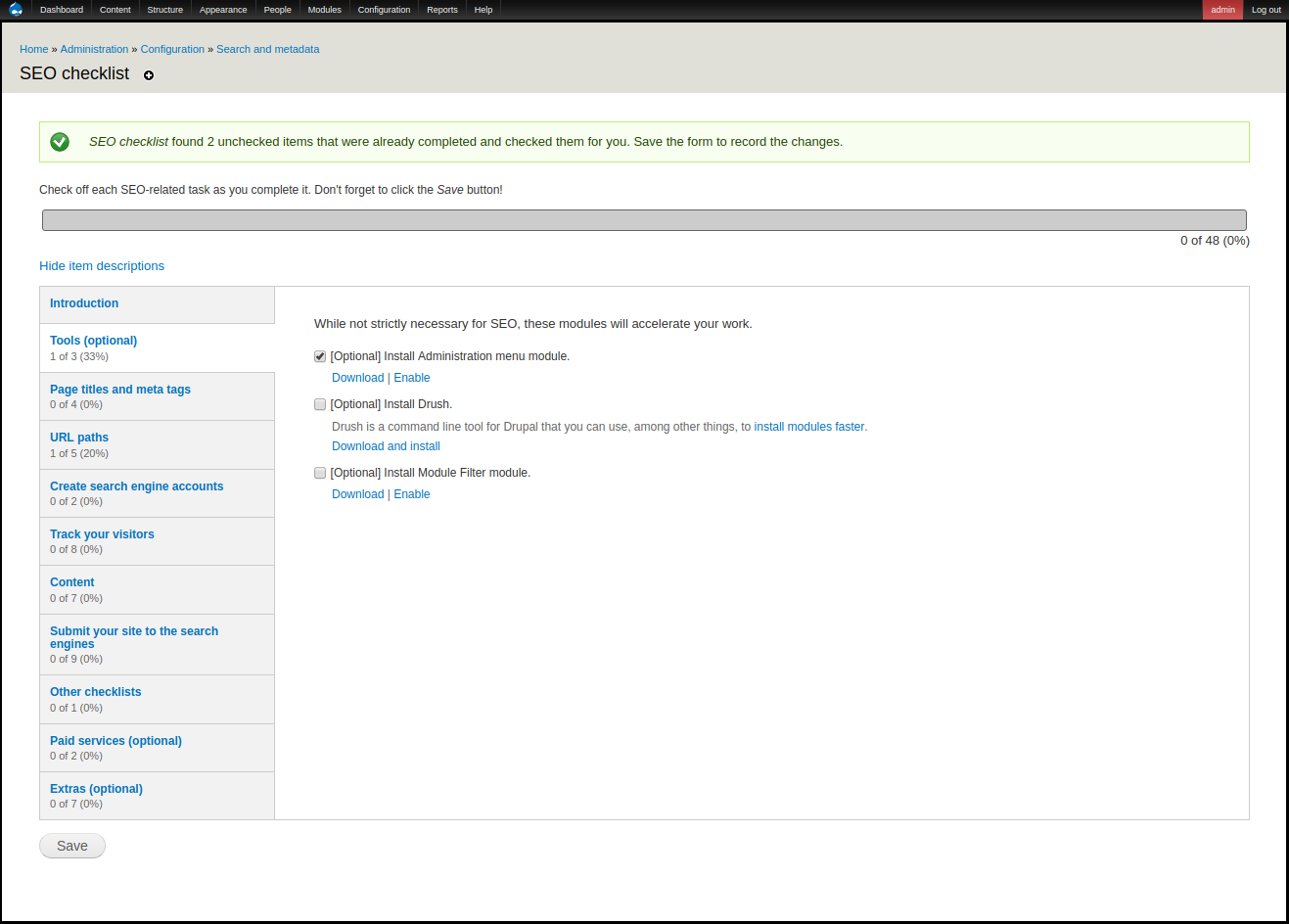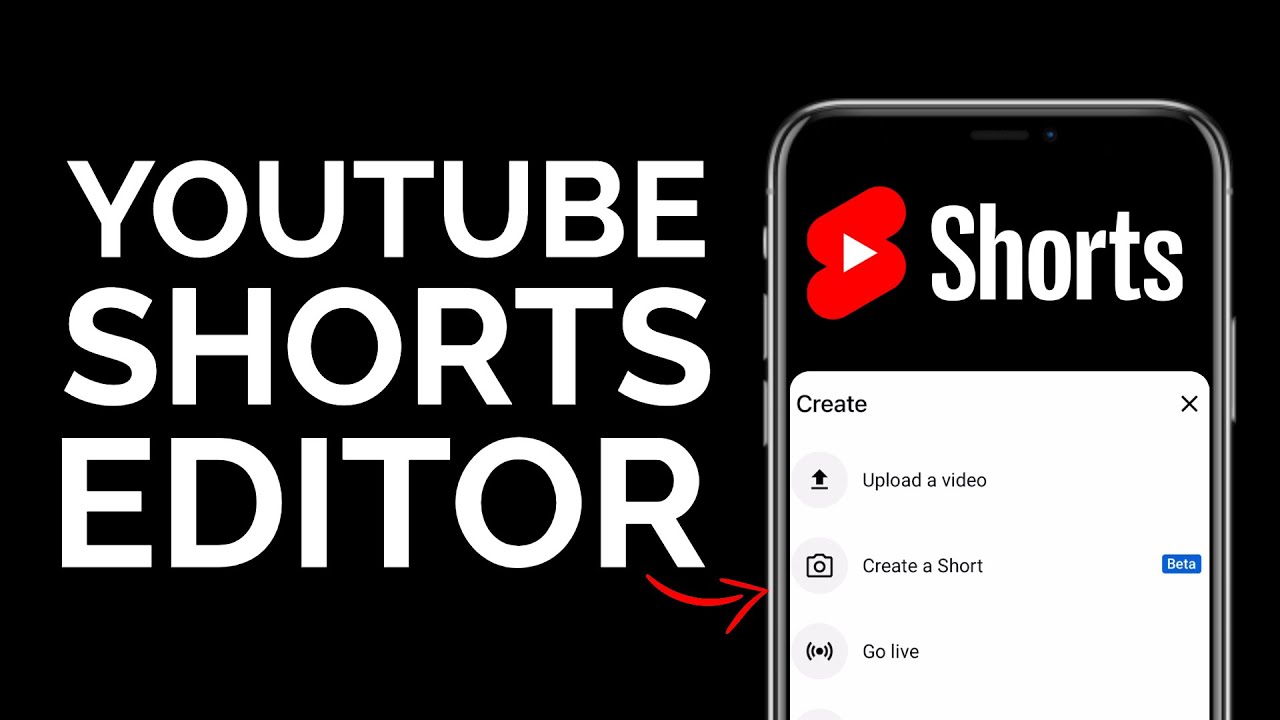Find the ideal CRM for your video production needs. The best CRM for video production is StudioBinder. It offers tailored features for managing video projects efficiently.
StudioBinder stands out as a top choice for video production teams. It streamlines project management, client communications, and team collaboration. The CRM offers tools for scheduling, task management, and file sharing. It integrates seamlessly with popular video editing software. Its user-friendly interface makes it easy for teams to adopt.
StudioBinder also provides customizable templates for project planning. These features help video production teams stay organized and meet deadlines. The CRM’s robust reporting tools offer insights into project progress. StudioBinder ensures all aspects of video production are managed effectively. This makes it an invaluable tool for any video production company.
Introduction To Crm In Video Production
Customer Relationship Management (CRM) is a powerful tool. It helps manage client relationships and streamline processes. For video production, CRM ensures projects run smoothly. Teams can track progress and meet deadlines.
Importance Of Crm
A CRM system keeps all client information in one place. It helps in managing contacts and project details. This makes communication easier. It also reduces errors. Clients feel valued when communication is clear. Happy clients mean more business.
Unique Needs Of Video Production
Video production has specific needs. Teams work on multiple projects at once. A CRM helps track each project’s status. It manages tasks and deadlines. It also stores large files like scripts and videos. This ensures the team stays organized.
Top Crm Features
Efficient project management and seamless collaboration are vital CRM features for video production. Streamlined workflows, client communication, and task tracking enhance productivity.
Project Management
Great CRM tools help manage projects easily. They allow setting deadlines and tracking progress. Teams can see who is responsible for each task. This helps avoid confusion. With good CRM, project timelines become clear. It is easy to adjust plans as needed. The best CRM systems offer drag-and-drop features. This makes organizing tasks simple.
Client Communication
Effective CRM systems ensure clear client communication. They keep all client information in one place. This includes emails, calls, and notes. Team members can quickly find and share information. It helps build better client relationships. Clients feel valued and understood. CRMs can send automated reminders for follow-ups. This ensures no important communication is missed.
Benefits Of Using Crm
CRM software helps to organize tasks. It keeps track of deadlines and schedules. This makes work easier for the team. Everyone knows what to do next. This reduces confusion and saves time.
Project managers can see the progress at a glance. They can spot any delays quickly. This helps in keeping everything on track. The workflow becomes more efficient and smooth.
CRM systems store all client information in one place. This includes contact details and past interactions. Teams can easily access this data. It helps them to personalize their communications.
Clients feel more valued and understood. This leads to better client satisfaction. Happy clients are more likely to return and recommend the service. This boosts the company’s reputation and growth.

Popular Crm Options
Software A helps teams stay organized. It offers tools for project management. Users can track tasks and deadlines. Communication is easy with built-in chat features. It integrates with other apps seamlessly. You can access it from any device. Reports are simple and clear. Customization is a key feature. It suits both small and large teams. Support is available 24/7.
Software B focuses on client relationships. It keeps all client info in one place. Scheduling meetings is quick and easy. Automated reminders help teams stay on track. Email integration is a strong point. Teams can share files effortlessly. It offers a mobile app for on-the-go access. Reporting tools are intuitive. Custom dashboards are available. User-friendly design makes it easy to use.
Comparing Crm Tools
CRM tools come at different costs. Some are free, while others need a subscription. Free tools may have limited features. Paid tools offer more options and support. It’s important to check your budget first. Also, see if the tool has a trial period. This helps you test before paying. Small teams might prefer cheaper tools. Larger teams may need advanced features. Always compare costs with the features you need.
Comparing features helps you pick the right CRM. Look for tools with task management. Email integration is also crucial. Some CRMs offer video call features. Others have project tracking tools. Check if the CRM has cloud storage. This is useful for video files. Reporting tools help track progress. User-friendly interfaces save time. Customizable dashboards let you set up your way.
Integrations With Other Tools
Using a CRM that connects with editing software can save time. Adobe Premiere Pro and Final Cut Pro are popular choices. These tools help to streamline the editing process. Teams can share files and feedback quickly. This leads to faster project completion. Integrations also reduce errors by syncing data.
Slack and Microsoft Teams are useful for team communication. These platforms keep everyone on the same page. A CRM that integrates with them boosts productivity. Google Drive integration allows easy file sharing. Dropbox is another great option for storage. These tools help teams work better together.
Case Studies
A small video production company used CRM software to manage projects. This software helped them track clients and deadlines easily. They saw a 50% increase in project completion speed. The team could collaborate better and share updates in real-time. The CRM also helped them with client feedback. They improved their services based on this feedback. The company saved time and money. They used these savings to invest in better equipment. Overall, the CRM software transformed their business.
A large video production firm struggled with client management. They adopted a CRM system to solve this issue. The CRM helped them organize client information efficiently. They could track project progress and client interactions. The firm experienced a 40% boost in customer satisfaction. Communication with clients became seamless. They received fewer complaints and more referrals. The CRM system also helped them streamline their workflow. They noticed a significant increase in productivity. The firm’s revenue grew by 30% within a year.
Choosing The Right Crm
Understanding your business needs is key. First, list your daily tasks and goals. Then, find a CRM that matches those needs. Look for features like task management, client tracking, and project timelines.
Some CRMs offer customization. This can help in creating specific workflows. Make sure the CRM can integrate with tools you already use. This will save time and reduce errors.
Start with a trial version of the CRM. Use it for a few weeks. Get feedback from your team. See if it improves your workflow.
Check if the CRM is user-friendly. Everyone should find it easy to use. If there are problems, note them down. Then decide if you need another CRM.
Implementation Tips
Train your team to use the CRM effectively. Start with basic tasks. Show them how to input client data. Explain how to track project progress. Highlight key features like task management. Use video tutorials for visual learners. Schedule regular training sessions. Make sure everyone feels confident.
Prepare your data for migration. Clean up old and duplicate entries. Export data from your old system. Use CSV files for easy transfer. Import data into the new CRM. Check for any errors during the process. Verify that all data is accurate. Backup data before making changes. Seek help if issues arise.
Future Trends
AI helps predict customer needs. It suggests the best times to contact them. This saves time for teams. AI can also help with content creation. It can edit videos and write scripts. AI can also analyze data quickly. This helps make better decisions. AI will continue to grow in CRM.
Teams can work together better with new tools. They can share files easily. Real-time editing makes it faster to finish tasks. Team members can communicate instantly. This boosts productivity. Teams can track project progress in one place. Everyone stays on the same page. Collaboration tools will keep improving.
Frequently Asked Questions
What Is The Best Crm For Video Production?
The best CRM for video production often includes tools like Monday. com, HubSpot, and StudioBinder. These platforms offer project management, client communication, and workflow automation, essential for video production.
How Can A Crm Benefit Video Production?
A CRM can streamline client communication, manage projects, and track production timelines. It ensures all team members are aligned and improves efficiency.
Is There A Free Crm For Video Production?
Yes, HubSpot offers a free CRM with essential features. It includes contact management, email marketing, and project tracking suitable for small video production teams.
Can Crm Handle Video Production Scheduling?
Yes, most CRMs have scheduling features. They allow you to set deadlines, assign tasks, and track progress, ensuring smooth project flow.
Completion
Choosing the right CRM for video production can streamline your workflow. It enhances collaboration and boosts productivity. Prioritize features that fit your specific needs. A good CRM will save you time and effort. Make an informed decision and elevate your video production process to new heights.




Leave a Reply